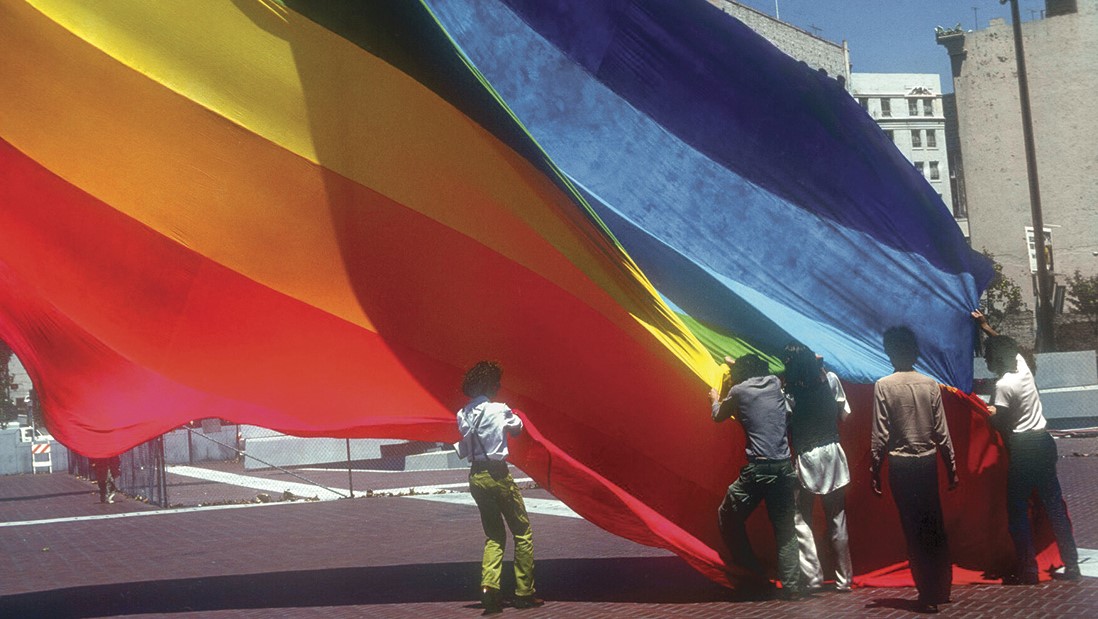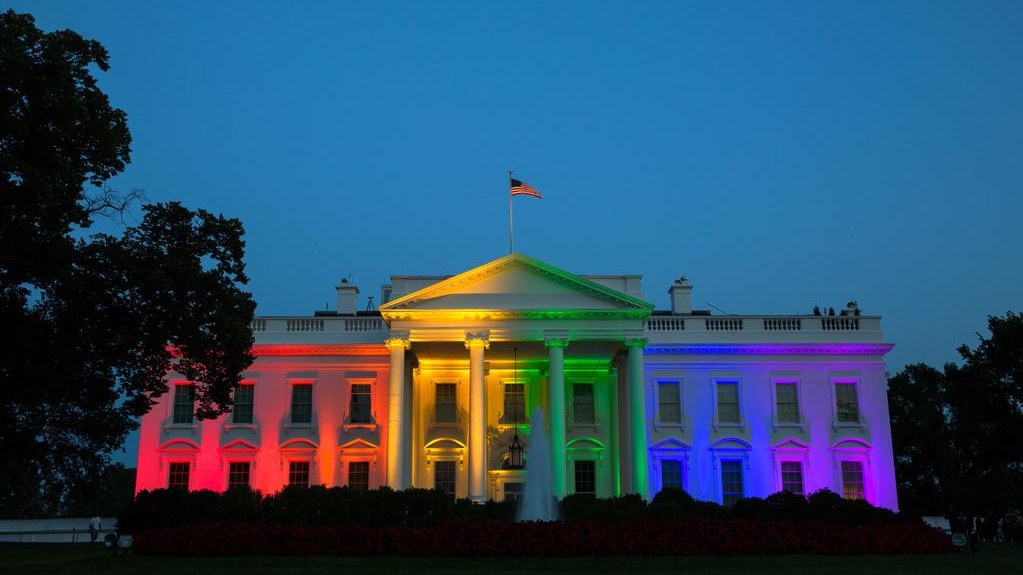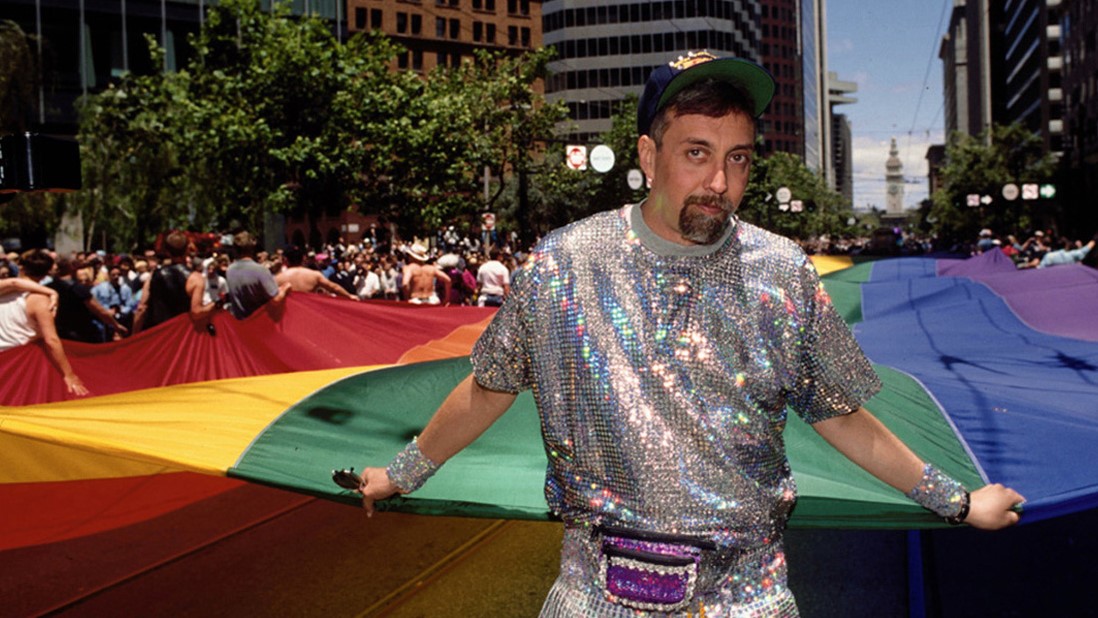“The City by the Bay,” “Golden Gate City” or simply “San Fran” are just a few of the nicknames given to San Francisco. Thanks to a cancelled flight a few years ago we had the chance to explore the city for a couple of hours and instantly fell in love with landmarks such as the Golden Gate Bridge, Fisherman’s Wharf, Alcatraz and the historic cable cars. It’s in this most European of American cities that 40 years ago the Rainbow flag was introduced at the San Francisco Gay Freedom Day Parade celebration on June 25, 1978.

The Rainbow flag – commonly known as the gay pride flag or LGBT pride flag – was devised by Gilbert Baker (1951-2017) who arrived in San Francisco in 1972 during the early years of the gay liberation movement. With sewing skills learned from crafting his own drag costumes, he was often asked to make political banners for street demonstrations. In the months leading up to the 1978 Gay Freedom Day celebration in San Francisco, City Supervisor and gay rights leader Harvey Milk and other local activists implored Baker to create a new symbol for the movement. Baker seized on the idea of a flag as an appropriate symbol to proclaim power for his “tribe,” and a rainbow to represent his community’s diversity.
The flag was originally created with eight colors but for production purposes the pink and turquoise stripes were removed and since 1979 it has consisted of six colored stripes. It is most commonly flown with the red stripe on top, as the colors appear in a natural rainbow. The colors were determined to symbolize: life (red), healing (orange), sunlight (yellow), nature (green), harmony/peace (blue), and spirit (purple/violet). The removed colors pink and turquoise stood for sexuality and art/magic. During the late 1980s and early 1990s, a black stripe was sometimes used to represent the AIDS victims.

In 1994, for the 25th anniversary of the Stonewall Riots, Baker was commissioned to create the world’s largest rainbow flag. The flag utilized the basic six colors and measured thirty feet wide by a mile long. On June 26, 1994 the flag was carried by 5,000 people on First Avenue in New York City.
In 2003 Baker restored the Rainbow flag to its original design – using eight colors – for the 25th anniversary of the flag. Dubbed “Rainbow 25 Sea to Sea” the flag measured a mile-and-a-quarter (2 km) long and was displayed across Key West (Florida) from the Atlantic Ocean to the Gulf Coast Sea.

Shortly after the United States Supreme Court ruling on June 26, 2015 – that guaranteed same-sex couples the right to marry – civic buildings across the country and around the world were illuminated in the colors of the rainbow and rainbow flags were displayed from apartment balconies, attached to car windows and appeared in the background of tens of millions of profile photos on social media accounts as a universally recognized symbol of pride and solidarity.

Since 1978 Baker has worked tirelessly to ensure the rainbow flag would become a powerful and enduring symbol of pride and inclusion that transcends languages, borders, gender, race and, four decades after its creation, generations.
One of Baker’s final creations – the flag he made for the ABC television miniseries When We Rise – is now on exhibit at San Francisco International Airport. Cleve Jones, on whose memoirs When We Rise is based, recalls that when the rainbow flag was first unfurled in 1978, Gilbert “knew at that moment that it was his life’s work,” and refers to Baker’s creation as “his gift to the world.”
A Legacy of Pride: Gilbert Baker and the 40th Anniversary of the Rainbow Flag is located pre-security in the International Terminal Main Hall Departures Lobby, San Francisco International Airport. The exhibition is on view (free of charge) to all Airport visitors from now to January 06, 2019.